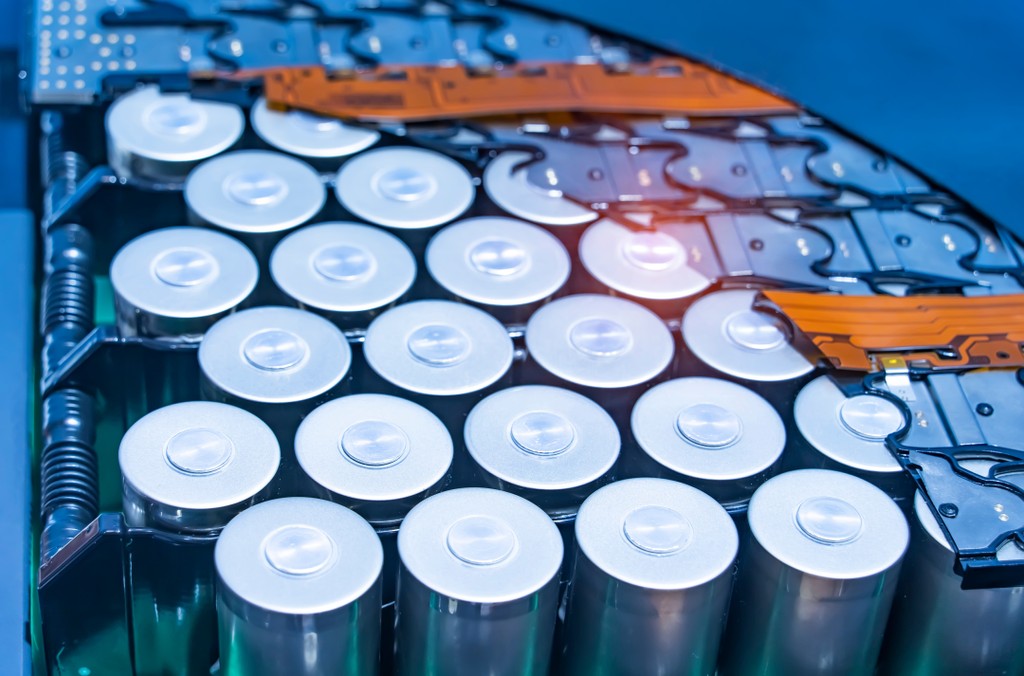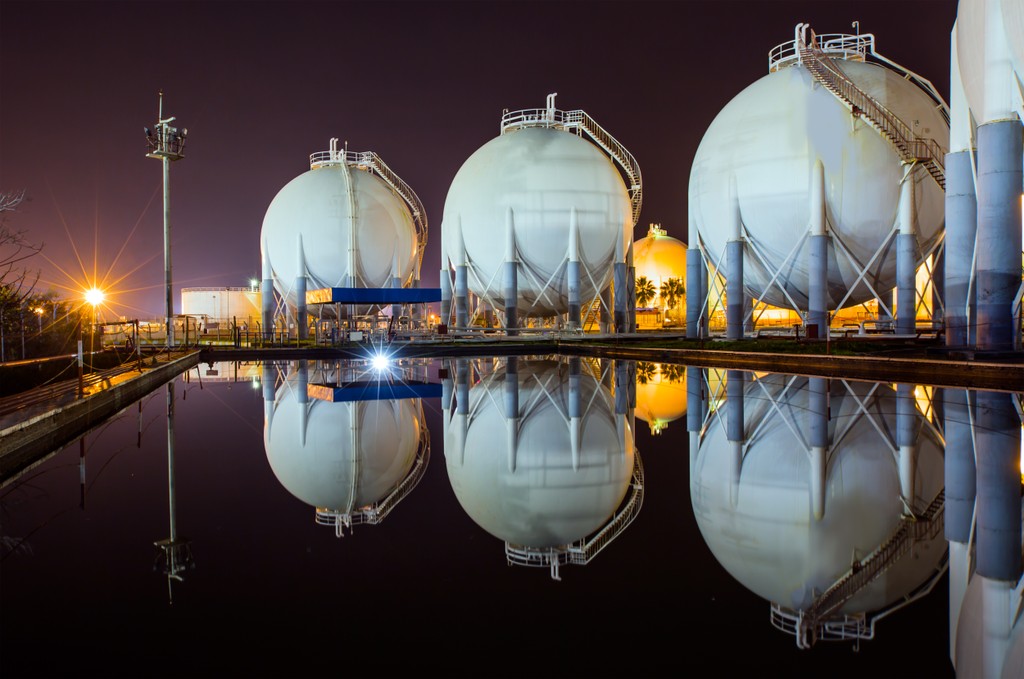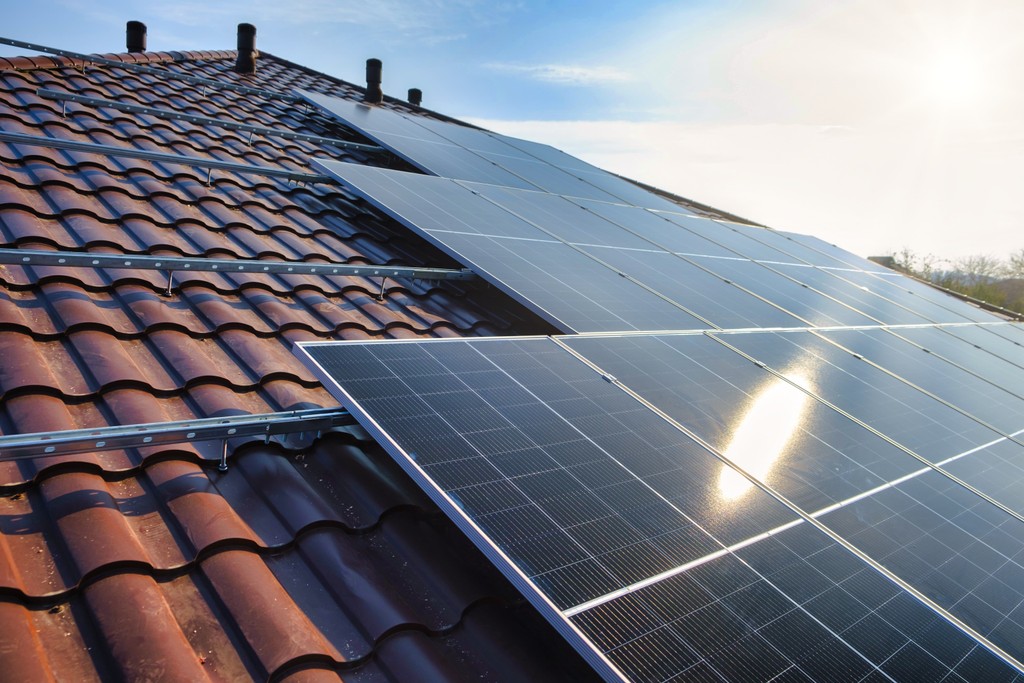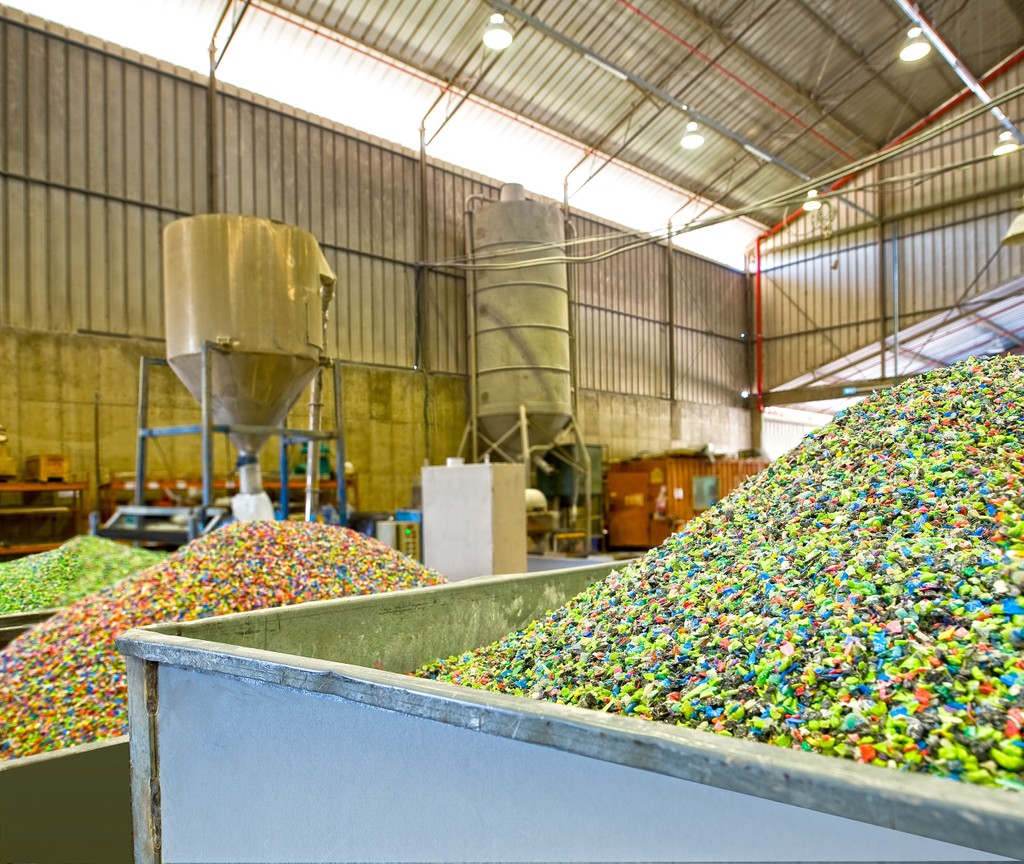By Bryony Collins, BloombergNEF. This article first appeared on the Bloomberg Terminal.
Customer demand for low-carbon data storage is a key driver of improved energy efficiency and innovation at Amazon Web Services (AWS), the data center operator arm of the online retail giant. The “higher utilization rate”, energy-efficient servers and “renewable energy supply” of AWS data centers mean that they have “an 88% lower carbon footprint compared to an average on-premise data center”, said Chris Wellise, director of AWS sustainability and carbon.
Amazon.com Inc.is “on a path to be 100% renewable by 2025” – some five years ahead of its original goal, Wellise told BNEF. It takes the approach of signing long-term corporate power purchase agreements for this power, to reduce its own emissions impact and to “green the grid” in countries where corporate power purchasing is less mature, such as China. In 2021, AWS has signed “25 new utility-scale wind and solar projects.”
The next step for AWS in sustainability will be on the so-called Scope 3 emissions from its supply chain –“driving embedded carbon out of our construction activities and our server manufacturing and assembly,” said Wellise. One approach is to “replace carbon-intensive materials in cement,” which can reduce the “embodied carbon in data centers by about 25%”, he said.
Small battery packs and custom power supplies are also being used to boost power efficiency and guarantee reliability. Doing so can reduce energy conversion losses by about 25% compared to using standard uninterruptible power supplies, said Wellise.
Read the Q&A for more.
Why is sustainability a priority for you?
We have a responsibility to the local and national communities where we operate –that is really the key driver. Our customers are looking for sustainability to be a key element of their supply chain. So in an effort to meet their needs, that is helping to drive our sustainability efforts too.
Do your customers like the fact that you power your data centers with renewables and are much more efficient?
We are continuously improving the energy efficiency of our equipment and facilities, as well as the way we innovate the design and manufacture of our servers, storage and networking equipment to reduce energy usage, water and waste. There are clear benefits from the higher utilization of our servers and infrastructure that is not only weighted toward newer, more innovative technologies but is also inherently more energy efficient [than customer-sited data centers]. We design our servers for maximum efficiency. We also procure renewable energy to power our data centers and we can manage them more effectively than an ‘on-prem’ type environment, where customers must manage it themselves.
That results in up to 3.6 times more energy efficiency, and as much as an 88% reduction in the carbon footprint for AWS data centers compared with on-premise data centers in the U.S.
About two-thirds of the advantage comes from having a more energy-efficient server population and a higher utilization rate, and then you have to factor in our advancement in renewable energy supply.
How do you aim to reach 100% renewable energy-powered by 2030?
We are moving faster than our goal and are on a path to be 100% renewable by 2025. As of December 2020, we are the largest corporate buyer of renewable energy in the world and we have launched renewable energy projects that have generated over 10gigawattsof capacity and deliver more than 27 million megawatt-hours of renewable energy annually.
In 2021, we have announced 25 new utility-scale wind and solar projects in the U.S., Canada, China, Japan, Singapore and other European countries.
What are the new trends –are you trying to move into new markets like China, Japan and Singapore?
We have announced a 100MW deal in China, which is going to be a new area of focus for many corporate purchasers of renewables. That is, how do we work on greening the grid in areas where REC [renewable energy credit] markets aren’t as readily accessible, or there are geographic constraints or other barriers that make doing deals difficult. Once we have tackled our Scope 2 emissions, the next step will be to focus on our Scope 3 emissions –so driving embedded carbon out of our construction activities and our server manufacturing and assembly
That is where Amazon’s goal to achieve net-zero carbon emissions by 2040 comes into play –what steps have you taken so far on that?
It really starts with Scope 2 and driving down our operational footprint. Our largest sources of indirect emissions come from the construction of our data centers and the manufacturing of our hardware. Several teams are working hard to address these challenges, and in order to do so, we are looking to use recycled by-products from other industrial processes to replace carbon-intensive materials in cement. Replacement materials like this can reduce the embodied carbon in data centers by about 25%.
We are also looking to develop solutions beyond current substitutes. One example is CarbonCure, which actually injects CO2 into concrete during its production and reduces the amount of cement that is needed, further reducing the embodied carbon of construction. We have begun to do this with the construction of our second headquarters in Virginia.
Where can your data centers act as a buffer to fluctuations of power on the grid?
We have innovated around the use of battery technology by removing the large uninterruptible power supplies [UPS] from our data center design and instead we used small battery packs and custom power supplies that we integrate down to the rack level. It has improved power efficiency and further increased availability by removing the single point of failure. It further reduces energy consumption because every time power is converted from AC[alternating current]to DC[direct current]or vice-versa, some power is lost in the process. So we have eliminated the central UPS. This has resulted in a reduction of energy conversion loss of about 35%. We are doing this at some of the existing fleet and it will be embedded in new data centers.
Digital technology is now interwoven into every sector –from automotive, to agriculture, to education, which inevitably leads to greater power use. Or does that not have to be the case?
There are huge electricity savings possible from shifting workloads to the cloud, but you have mentioned some interesting points around intelligent agriculture or the smart factory floor. There is a huge opportunity to improve resource utilization and look at the application of smart agriculture to reduce water or fertilizer usage, so there are other benefits that go beyond electricity consumption, which also arise from the use of technology.
What other initiatives have you launched to address sustainability?
We have committed $100 million to restore and protect forests, wetlands and peatlands through the Right Now Climate Fund, in partnership with The Nature Conservancy. That will help to remove millions of tons of carbon from the atmosphere and drive economic opportunity in the areas where the projects are based.
In 2020, we also announced the Climate Pledge Fund, which is an initial $2 billion fund focused on investing in visionary companies whose products and solutions facilitate the transition to a low-carbon economy. That is investment in companies across all lifecycle stages. These are ways we look to accelerate and jumpstart the transition to a low-carbon economy.
We are also helping to drive a big global initiative of governments and large companies that aims to mobilize at least $1 billion in financing to help countries protect their tropical rainforests. It is called the Leaf Coalition and is a new public-private initiative.
There was a lot of talk at COP26 about the lack of funds from developed countries going to developing countries. Is this where the private sector can really step in and make a difference?
Absolutely. The private sector and the formation of public-private partnerships will be really important if we are going to have significant impact on climate change. Many of our utility-scale renewable energy deals are done without government subsidy –that shows how we are bringing additional green electrons onto the grid, to the benefit of all users in those regions.
How do you try to reduce the amount of water used at your data centers?
Water is a precious resource and we have developed a specific strategy for each region where we operate, taking into consideration climate patterns, local water management availability and opportunities to avoid using drinking water. We innovate the design of our cooling systems and use real-time sensor data to adapt to changing weather conditions to further change water use. In Oregon, we treat the water we use for cooling and reuse it, and it is repurposed for irrigation in local communities. In our West Oregon region, we reuse 96% of the water that we discharge from our data centers. Even our largest data center by capacity uses the same amount of water in a year as about 25 households. They are very water efficient.






